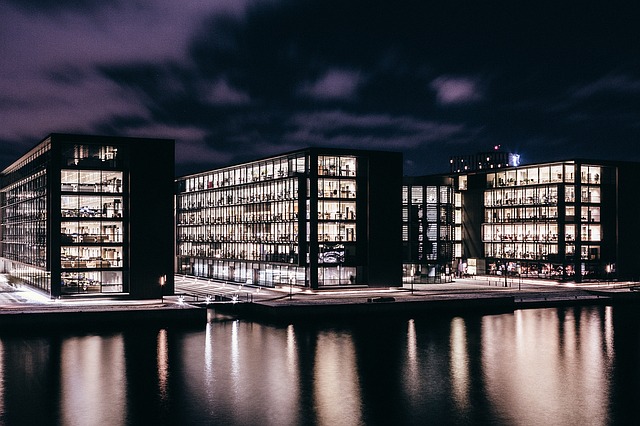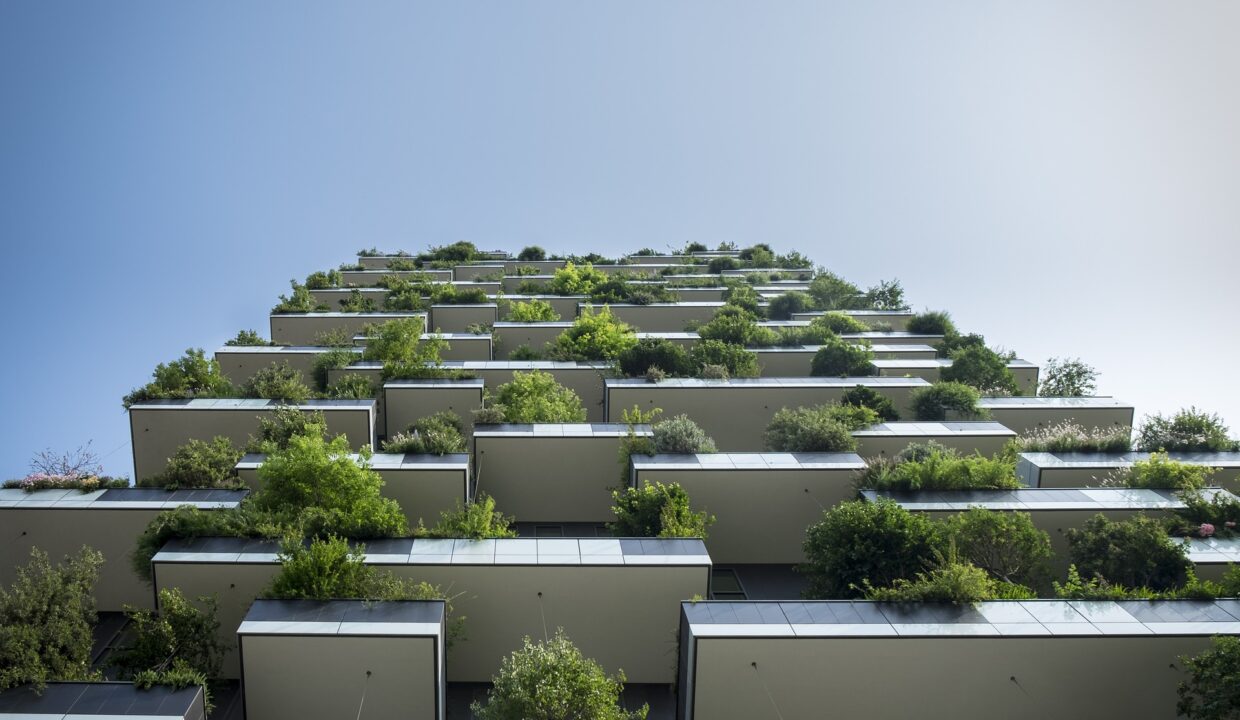
In 1987, former Norwegian Prime Minister Gro Harlem Brundtland started an ecological revolution through ‘Our Common Future’, where she sought to rethink economic development policies to promote sustainable development. She defined it as the development that meets the needs of the present without compromising the ability of future generations to meet their own needs.
In real estate, this concept can be visible through green buildings (also known as green constructions or sustainable buildings), whose features try to maintain or improve both quality of life and the environment.
Green building certifications are a set of rating systems and tools to assess a building or a construction project’s performance from a sustainability and environmental perspective. The seven most important are:
- LEED (Leadership in Energy and Environmental Design)
Established in 1998 in the United States by the U.S. Green Building Council, LEED is considered the most widely used green building rating system.
LEED covers various dimensions, including location and transportation, sustainable sites, water efficiency, energy and atmosphere, material and resources, indoor environmental quality, innovation, regional priority, and integrative processes. It has four certification levels including silver, gold, and platinum.
New construction, renovations, existing commercial buildings, and urban areas may apply. In the case of Mexico, buildings that have the LEED certification are:
- Virreyes Tower
- BBVA Bancomer Tower
- HSBC Tower
- Reforma Tower
- Punta Reforma
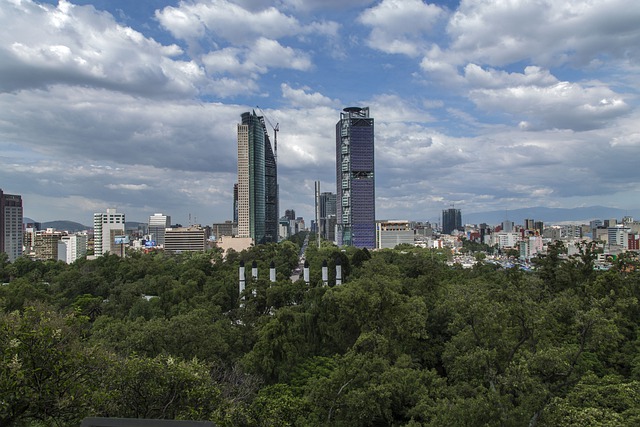
- DGNB (Deutsche Gesellschaft für Nachhaltiges Bauen) System
In 2009, the German Sustainable Building Council (DGNB) introduced to the market this certification that offers a planning and optimization tool for evaluating sustainable buildings and urban districts.
DGNB is considered the most advanced of its kind by being also called The Global Benchmark for Sustainability.
Based on three paradigms (life cycle assessment, holistic and performance orientation) on the three central sustainability areas of ecology, economy, and sociocultural issues, the entire life cycle of a project is under evaluation.
New buildings, existing buildings, and refurbishments in use can apply to this green certification to ensure their transparent quality control. Certified Buildings can obtain platinum, gold, silver, or bronze certificate.
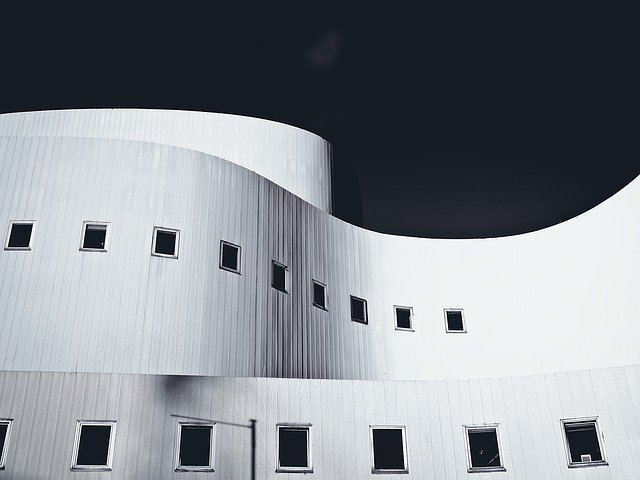
- VERDE (Valoración de Eficiencia de Referencia De Edificios)
Developed by the Green Building Council Spain association, VERDE (which in English means Building Reference Efficiency Evaluation) is a methodology and tool for a sustainable building assessment.
VERDE measures the environmental, economic, and social impact of buildings by evaluating their features. For example, the indoor environmental quality (air, light, noise, comfort), resource management (energy, water, materials), social integration (accessibility, training, communication), or the technical quality of the building (monitoring, documentation, maintenance). Also, VERDE has 6 levels, and its final evaluation is measured in green leaves. The more leaves obtained (from 0 to 5) show a better commitment towards the environment
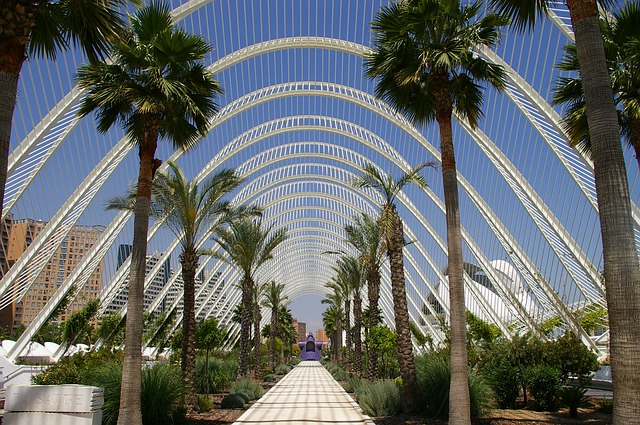
- BREEAM (Building Research Establishment’s Environmental Assessment Method)
BREEAM, established in the United Kingdom, is considered the oldest method of assessing and certifying the sustainability of buildings in the world, from new construction to in-use and refurbishment.
Around 550,000 buildings have been BREEAM-certified, and over 2 million are registered for certification in more than 70 countries, including Norway, Netherlands, Spain, Sweden, and Germany.
BREEAM evaluates energy and water use, health and wellbeing, pollution, transport, materials, waste, ecology, and management processes.
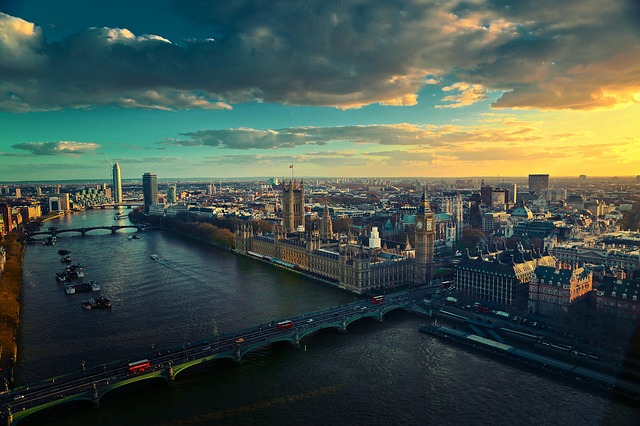
- CASBEE (Comprehensive Assessment System for Built Environment Efficiency)
Created in 2001 through the collaboration of academia, industry, and national and local governments, which established the Japan Sustainable Building Consortium (JSBC) under the auspice of the Ministry of Land, Infrastructure, Transport and Tourism (MLIT), CASBEE evaluates and rates the environmental performance of buildings and the built environment.
CASBEE was designed to improve people’s quality of life and reduce the environmental burdens they generate from residential and commercial construction, urban development, and city management.
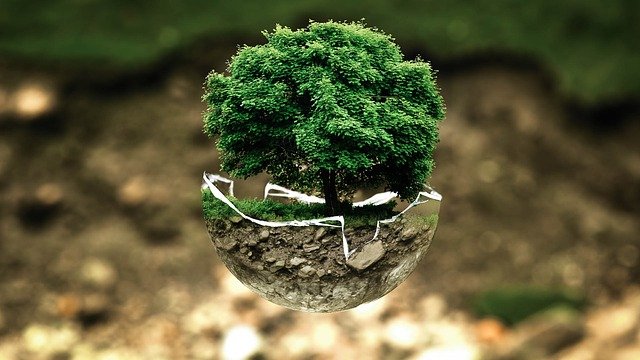
- WELL Building Standard
Managed by the International WELL Building Institute (IWBI), WELL´s main objective is to create a positive human experience after years of deep medical research into the connection between buildings and the impact on the health, well-being, and productivity of their occupants.
WELL evaluates 3 characteristics: behavior, operation, and design, by measuring, monitoring, and certifying the performance of the built environment, which impacts on human health through seven concepts like water, air, nourishment, lighting, fitness, comfort and mind. This certification has different levels like Bronze, Silver, Gold and Platinum levels.
The first WELL project was achieved in Mexico in Monterrey metropolitan area.
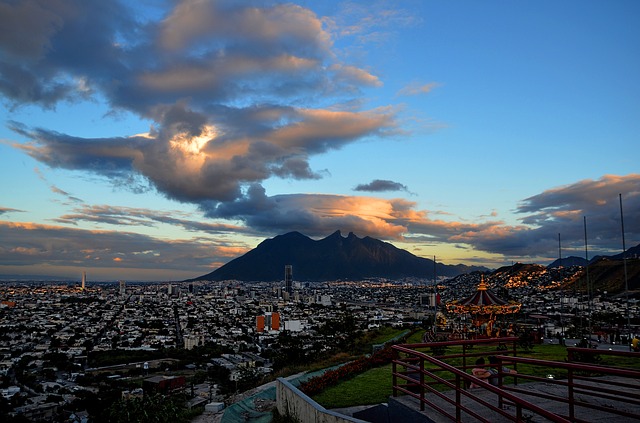
- Active House
Produced in Denmark in 2017, Active House aims to reduce the use of resources during the construction phase and the life of the building, seeking to improve aspects aimed at the human factor such as visual, thermal, and auditory comfort. Its main concepts are comfort, energy, and environment. New construction, existing buildings and renovations are those who can apply.
Also, Active House helps homeowners reduce their carbon footprint while challenging architects and builders to create and implement innovative designs.
